Robert Triggs / Android Authority
We cover loads of devices here at Android Authority, ranging from budget wares to cutting-edge flagship devices and foldable phones. But using a phone every day as your primary device or daily driver? Now, that’s another matter entirely for us.
We poll the team every year to find out about the daily drivers we use, starting in 2018 and stretching through to 2021. Over a year has passed since our last poll, so we figured that we’d survey the team once again for the 2022 edition of our Android Authority daily driver article.
21 Team AA members from all across the globe contributed to these results, noting their daily driver, likes/dislikes, and giving a score out of 10. So which phones do we use on the team? Let’s get on with the results!
The results
We’ve posted results by both individual phone model and by brand. Check out the charts below for a look, but we’ll do a deep dive afterwards.
Samsung, Samsung everywhere
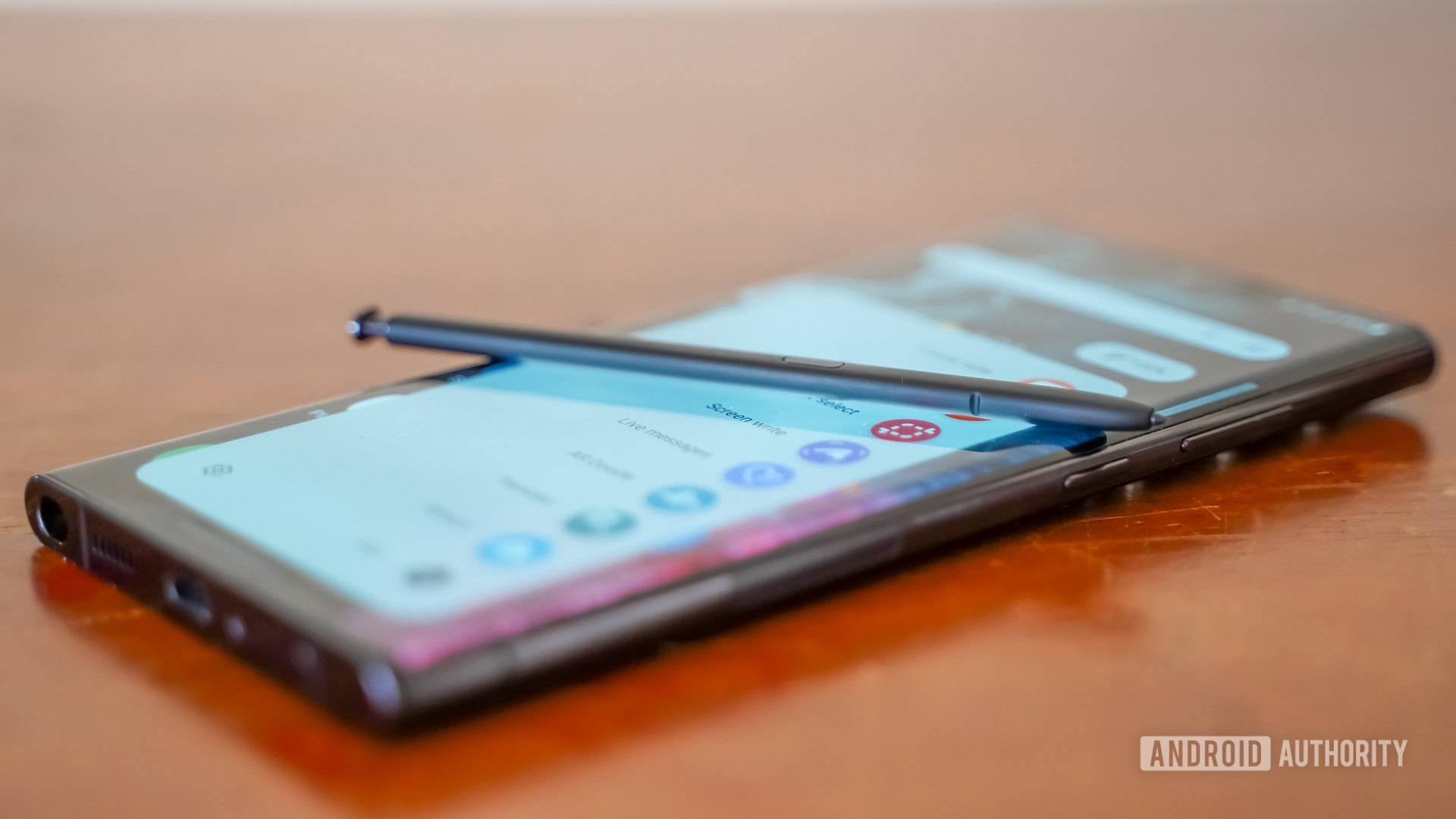
Eric Zeman / Android Authority
Is it any surprise to see Samsung is the most popular brand used by Android Authority team members? The Korean manufacturer accounted for a third of all phones used by the team. Interestingly, this doesn’t represent a change compared to last year’s poll, which also saw Samsung accounting for a third of all phones. Otherwise, the Galaxy S22 Ultra was the only Samsung phone to appear more than once (with two people using it).
It’s no surprise to see Samsung is the most popular brand among Team AA, reflecting the global market as well.
Samsung owners in this survey generally praised their phone’s processing power, cameras, battery life, and/or display. There were a few complaints too, such as performance and battery life. But the standout complaints came from Producer Ryan McLeod and Copy Editor Paula Beaton, who had stability issues with the Galaxy S21 and Galaxy S20 FE respectively.
Paula described frequent freezing, glitches, and the need to restart her phone. Meanwhile, Ryan said he experienced “a few glitches where I have to restart the phone. Not the end of the world, but not great when it does freeze up.”
One Pixel to rule them all
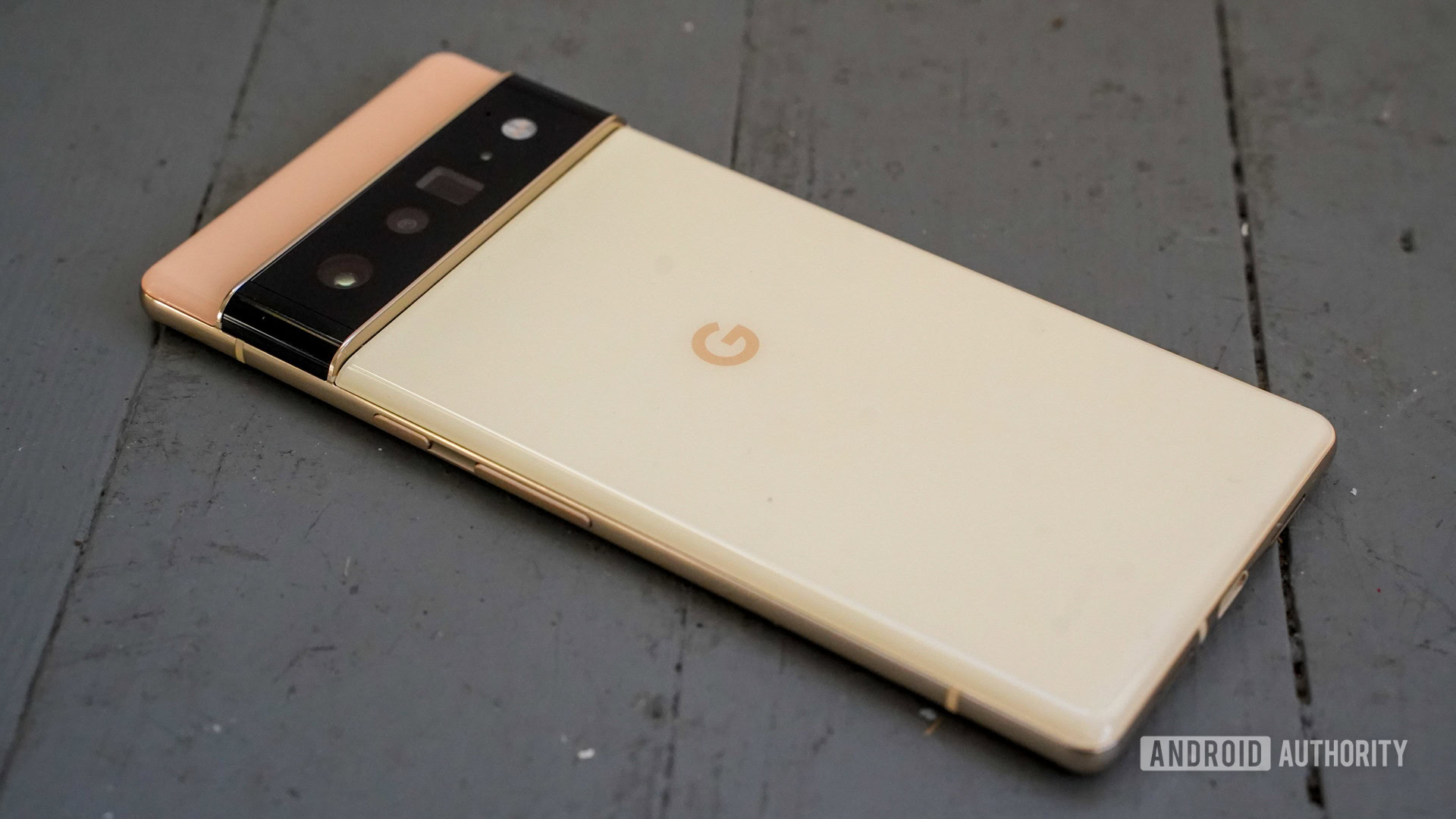
Eric Zeman / Android Authority
What was the second-most popular brand, though? That would be Google for a second consecutive year, accounting for 23.81% of all phones. Interestingly enough, all these Pixels were the Pixel 6 Pro. That’s a major change from last year, which saw the Pixel 4a, Pixel 4XL, and Pixel 5 all appear.
Pixel users on the team generally praised the camera, design, speed of system updates, and display. However, signal issues, battery life, and overheating were three complaints that frequently popped up in our survey. We covered the former in particular earlier this year, as Features Editor Rita El-Khoury bemoaned the Pixel 6 Pro’s awful cellular and Wi-Fi connectivity.
The signal woes were echoed by Reviews Editor Ollie Cragg too:
I must toggle Airplane Mode ~10 times a day. It’s getting so bad I’m close to abandoning a Pixel for the first time in close to five years. The battery life is also a bit meh and Tensor loves to get toasty.
Can you say ‘Apple Authority’?
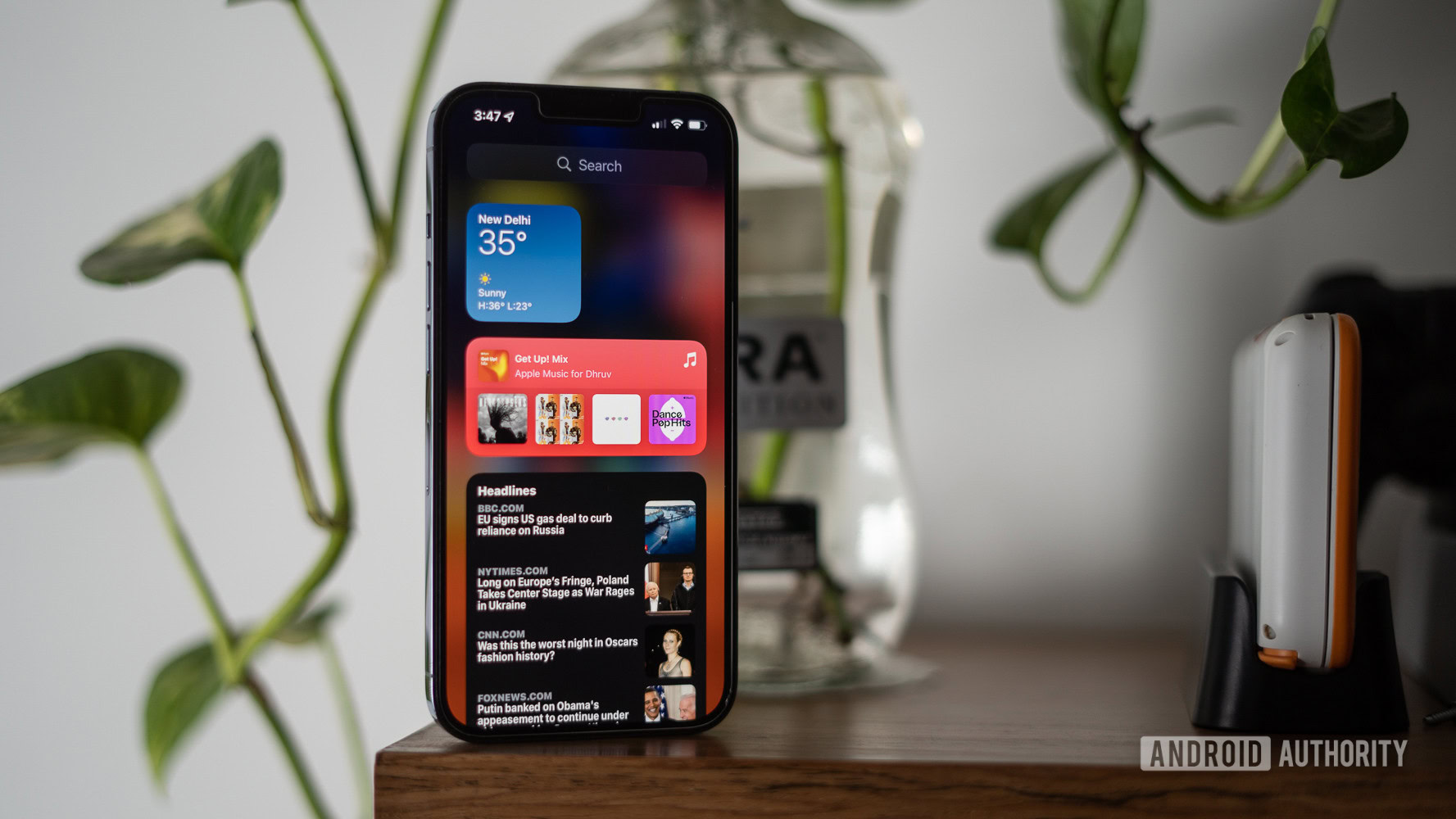
Dhruv Bhutani / Android Authority
Rounding out the podium of most popular brands used by Team AA was Apple (14.29% of all devices). Yes, believe it or not, three team members use iPhones as their primary devices. This represents an increase over last year’s survey, when two people were using iPhones.
There wasn’t a specific iPhone that was most popular here, with the iPhone 11 Pro Max, iPhone 12, and iPhone 13 Pro all appearing. These team members mostly praised Apple’s devices for the ecosystem and cameras. In saying so, we saw complaints regarding battery life, heating, and Siri.
Apple’s rise in this year’s survey comes at the expense of OnePlus, which saw a significant decline. It’s also interesting to see that both of the OnePlus phones that made it onto the list this year were older devices (OnePlus 8T and OnePlus 8).
A few other picks stand out
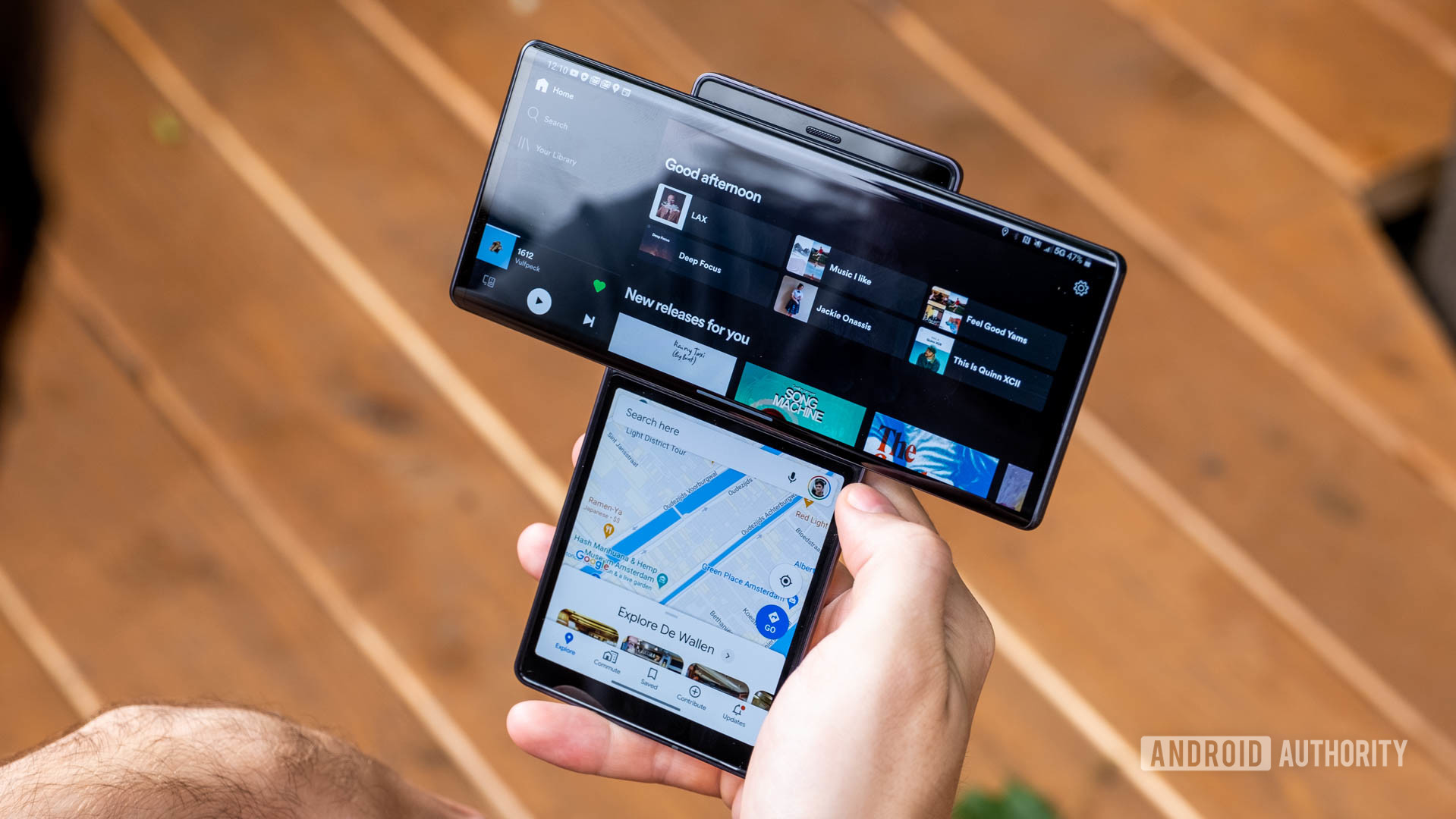
David Imel / Android Authority
Spotify top, maps bottom
Aside from the brands mentioned above, we also saw three other notable brands in the survey. These brands were LG, Vivo, and Xiaomi. Starting with LG, Calvin Wankhede is still rocking the LG Wing. LG’s device has a square, secondary screen that pops out from behind the main screen, and Calvin says this is exactly what he likes about it:
It swivels and reveals two displays whenever I need it, all without the durability concerns of a folding phone. It also doesn’t have a notch, something I can’t look past on newer phones.
Unfortunately, Calvin decried the weight (noting that it was only slightly lighter than the Z Fold 4) and 60Hz refresh rate.
Our resident SEO specialist Luka Mlinar was the only person on the team to rock a Xiaomi device as a daily driver, choosing the Xiaomi 12. He specifically praised the small form factor, “reasonably large” battery, and fast charging capabilities.
It wasn’t all perfect for Luka, though:
MIUI is still a mixed bag of amazing features coupled with an endless pit of frustration.
We can understand this feeling as various team members have found MIUI to be very hit and miss in terms of polish. Both C Scott Brown and I discovered numerous annoying bugs in some Poco phones when reviewing them. Xiaomi launched a working group last year in order to address the lack of polish in the skin, but there’s still some work to do.
Finally, one more device that stands out here is the Samsung Galaxy Z Fold 3. Yes, Senior Writer John Callaham is the only one on the team rocking a foldable as his daily driver. He specifically praised the size of the foldable screen but lamented the display crease.
Other takeaways
- Five people said they wouldn’t recommend their phones for purchase. Rita and Ollie both said they couldn’t give the nod to the Pixel 6 Pro, likely due to the connectivity woes. Meanwhile, Andy Walker said he couldn’t recommend the 2019-era Huawei P30 Pro due to the lack of updates and the device’s age. Paula says she couldn’t recommend buying the Galaxy S20 FE, likely due to the number of glitches she’s suffered from. Finally, Curtis Joe noted that the OnePlus 8T wasn’t worth a look due to the software experience.
- There’s still only one Huawei device on the list, in line with last year. But this time, instead of my Mate 20 Pro being the sole Huawei handset, it’s Andy’s Huawei P30 Pro. I’m not counting on any Huawei devices appearing in our 2023 survey.
- All devices that appeared on the list feature OLED screens. It seems like LCD screens are behind us for now, as even ~$250 phones like Samsung’s cheaper A-series and some Xiaomi devices are equipped with OLED panels.
- Unfortunately, it’s the end of an era as none of the phones here offer a 3.5mm port. This is a first for our survey.
- On the other hand, 13 devices on the list support UWB wireless connectivity. These were all Samsung, Google, and Apple handsets.
- The oldest phone on the list is indeed the Huawei P30 Pro, launched in May 2019. It’s still on Android 10 and was the last major Huawei flagship with Google Mobile Services.
- The average battery size is 4,452mAh, making for a big step up over last year’s sub-4,000mAh average.
- Four out of the 21 phones on the list lack a high refresh rate screen. These devices are the Huawei P30 Pro, iPhone 12, iPhone 11 Pro Max, and LG Wing.
- US and Korean manufacturers accounted for ~71% of the phones on the list, with the rest made by Chinese brands.
Our team is looking at a variety of rumored or confirmed phones for their next upgrade, but it’s a tie for the most popular brand. Seven team members said they’d upgrade to a Samsung device, specifically pointing to a foldable or the Galaxy S23 series.
Meanwhile, seven colleagues said they’re considering a Pixel device. Five colleagues said they’re looking at the Pixel 7 Pro, one said they’re looking at either the Pixel 7 or Pixel 7 Pro, and one colleague is considering the rumored Pixel foldable.
A total of 14 members are eyeing either a Samsung or Google device as their next phone.
There were also a few outlier picks in this regard. Executive Editor Kris Carlon has been using the Huawei Mate XS 2 for a few weeks, and he says he’d switch to it as a daily driver if it had Google support. Oppo also previewed the X 2021 rollable phone last year, and John Callaham is hoping this device gets a commercial release.
Foldable phones also accounted for seven devices in this category, up from two in last year’s survey. This suggests that foldables really have worked out most of their kinks and are becoming attractive propositions for more people.
Two team members said they weren’t looking to upgrade, and who can blame them? People are holding on to phones for longer and longer, and our writers are no exception.











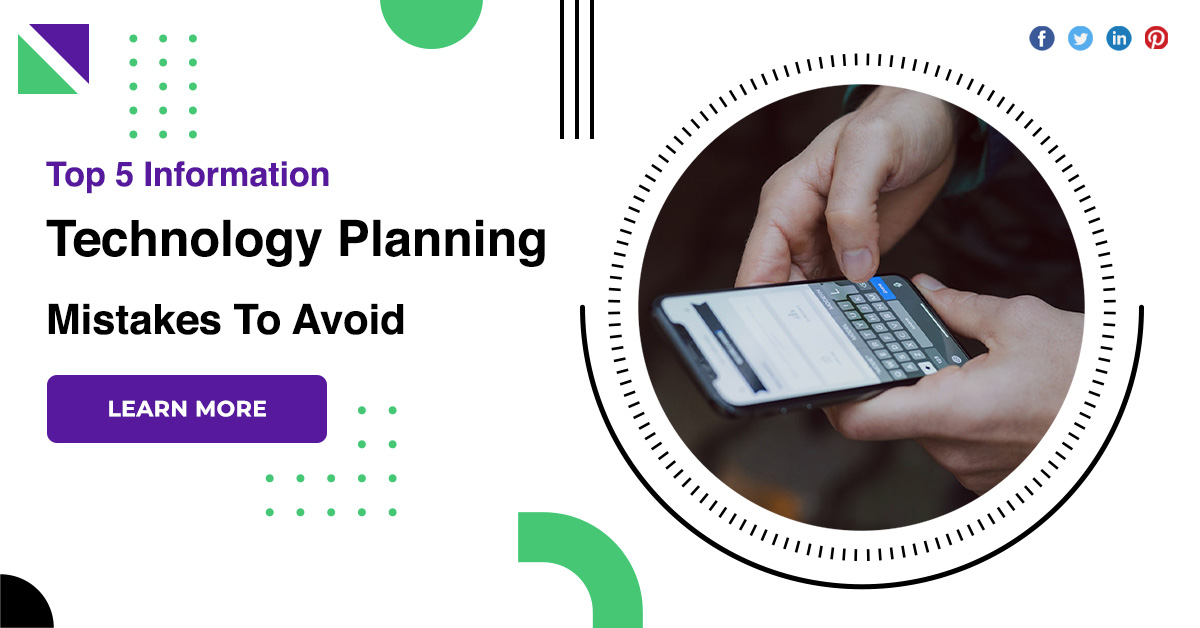








Discussion about this post